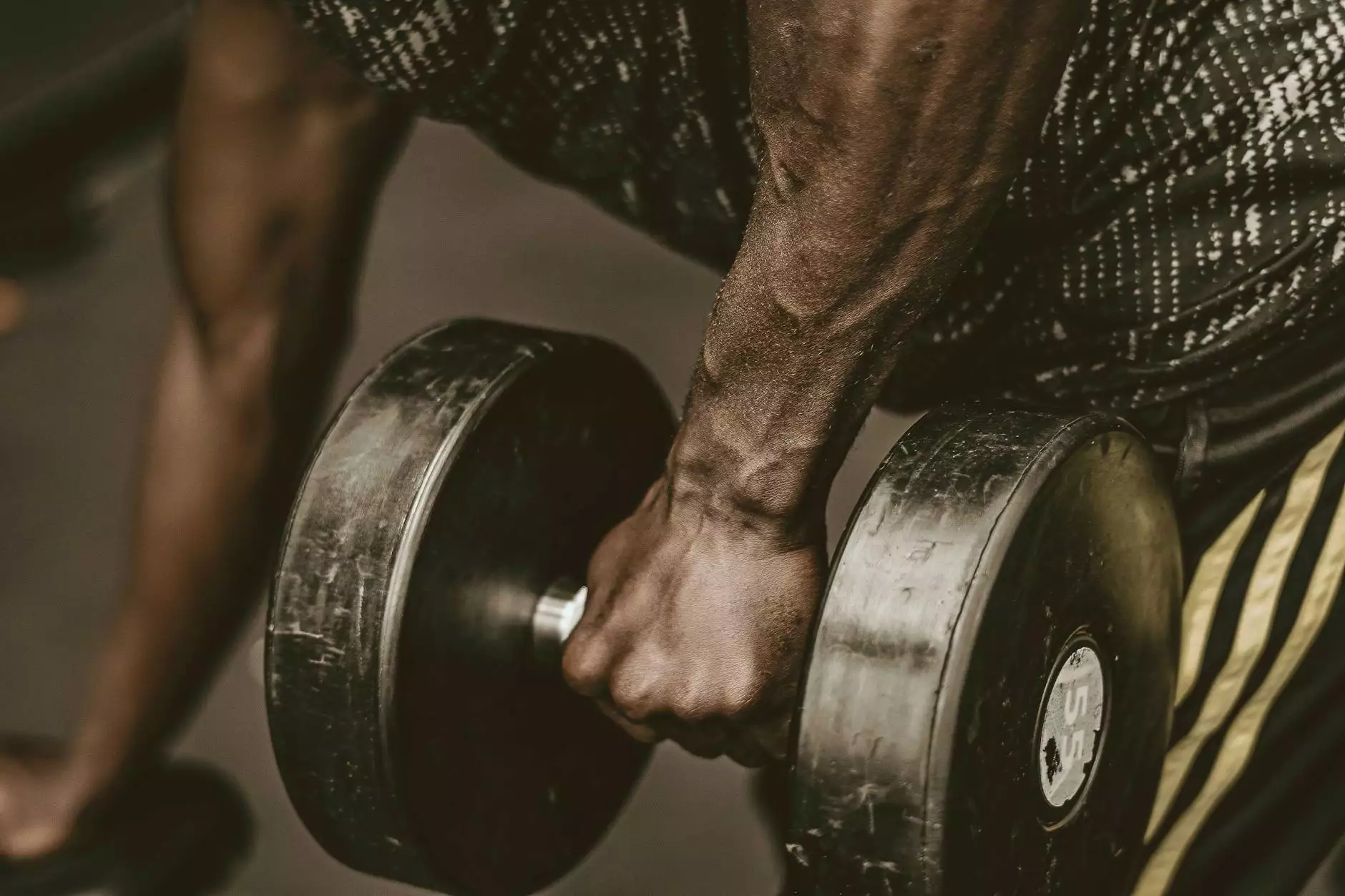Understanding Venous Stasis: Causes, Symptoms, and Treatment

Venous stasis is a medical condition that occurs when blood pools in the veins, particularly in the legs. This condition can lead to a variety of complications, including chronic pain, swelling, and even ulcers if left untreated. In this article, we will delve into the causes, symptoms, and effective treatments of venous stasis, shedding light on this important vascular health issue.
What is Venous Stasis?
Venous stasis refers to the reduced blood flow in the veins, often resulting from issues within the venous valve system. Healthy veins have one-way valves that prevent blood from flowing backward. When these valves are damaged or weakened, blood can flow backward, leading to pooling.
Causes of Venous Stasis
Understanding the causes of venous stasis is crucial for prevention and treatment. Some of the primary causes include:
- Chronic venous insufficiency (CVI): This condition occurs when the veins cannot pump enough blood back to the heart.
- Varicose veins: Enlarged veins can impede normal blood flow, contributing to stasis.
- Obesity: Excess weight can put increased pressure on the leg veins, leading to compromised blood flow.
- Prolonged sitting or standing: Staying in one position for an extended period can hinder circulation.
- Blood clots: Deep vein thrombosis (DVT) can lead to blockages that prevent normal blood return.
- Age: As we age, the vascular system may weaken, increasing the likelihood of stasis.
Symptoms of Venous Stasis
Recognizing the symptoms of venous stasis is vital for early diagnosis and treatment. Common symptoms include:
- Swelling: Often noticeable in the legs and ankles.
- Pain or heaviness: Individuals may experience a feeling of fullness or heaviness in their legs.
- Skin changes: The skin may appear discolored, dry, or flaky.
- Varicose veins: Enlarged and twisted veins can become visible on the leg surface.
- Ulcers: In severe cases, sores may develop on the lower legs due to impaired healing.
Diagnosis of Venous Stasis
If you suspect you have venous stasis, it's essential to consult with healthcare professionals. Diagnosis typically involves:
- Physical Examination: Doctors will assess symptoms and inspect the legs for visible signs.
- Ultrasound Imaging: A non-invasive test helps visualize blood flow and identify any blockages.
- Venography: In some cases, a specialized X-ray may be performed after injecting a contrast dye.
Treatment Options for Venous Stasis
Treating venous stasis often requires a multi-faceted approach focused on improving circulation and addressing underlying causes. Common treatment options include:
1. Lifestyle Modifications
Implementing lifestyle changes can significantly enhance vein health:
- Regular Exercise: Engaging in physical activity such as walking, swimming, or cycling can improve circulation.
- Weight Management: Maintaining a healthy weight reduces pressure on the veins.
- Elevating the Legs: Elevating the legs during rest can facilitate better blood flow back to the heart.
- Compression Therapy: Wearing compression stockings helps compress the veins, preventing blood from pooling.
2. Medical Treatments
In addition to lifestyle changes, medical treatments may be necessary:
- Medications: Certain medications such as blood thinners can alleviate symptoms by improving blood flow.
- Sclerotherapy: This procedure involves injecting a solution into varicose veins, causing them to collapse and fade.
- Laser Therapy: Lasers can be used to treat small varicose veins and improve cosmetic appearance.
- Vein Surgery: In severe cases, surgery may be required to remove problem veins.
Complications of Venous Stasis
If left untreated, venous stasis can lead to several serious complications, including:
- Skin Changes: Chronic discoloration and changes in skin texture can occur.
- Venous Ulcers: Chronic wounds can form, leading to secondary infections.
- Deep Vein Thrombosis (DVT): The risk of blood clots increases, which can be life-threatening if they travel to the lungs.
- Chronic Pain: Persistent pain may develop, affecting mobility and quality of life.
Preventing Venous Stasis
Prevention is key to avoiding the onset of venous stasis. Here are some effective strategies:
- Stay Active: Regular movement and activity can prevent blood from pooling.
- Practice Good Posture: Avoid crossing your legs and take breaks to walk around if sitting for long periods.
- Wear Compression Socks: Graduated compression socks can help maintain healthy circulation.
- Stay Hydrated: Ensure adequate fluid intake to maintain healthy blood viscosity.
- Follow Medical Guidelines: Work with healthcare providers to manage underlying conditions such as obesity or diabetes.
The Role of Truffles Vein Specialists in Managing Venous Stasis
At Truffles Vein Specialists, expert vascular doctors provide comprehensive care aimed at diagnosing and treating venous stasis. Our approach combines the latest medical therapies with compassionate care to ensure optimal health outcomes. We emphasize:
- Personalized Treatment Plans: Each patient receives tailored treatment based on their specific needs and health history.
- Innovative Techniques: We utilize advanced diagnostic technologies and cutting-edge treatment methods.
- Patient Education: Empowering our patients with knowledge about their condition is the cornerstone of successful management.
Conclusion
Understanding venous stasis is crucial for maintaining vascular health. By recognizing the symptoms, causes, and available treatments, individuals can take proactive steps to manage this condition effectively. If you have concerns regarding your vascular health, contact Truffles Vein Specialists to speak with a qualified professional who can guide you towards healthier veins and a better quality of life.
For further information and assistance, visit us at Truffles Vein Specialists. Together, we can work towards a future of enhanced vascular health.








